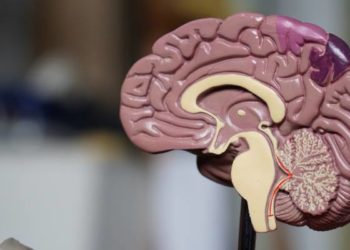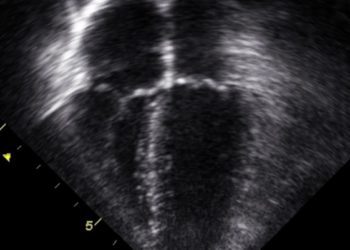Systematic crosschecking between emergency physicians may decrease adverse events
1. In this cluster randomized crossover trial, implementation of a systematic crosschecking program between two emergency physicians significantly reduced the occurrence of adverse events.
2. The reduction in adverse events was mainly due to a significant decrease in near misses.
Evidence Rating Level: 1 (Excellent)
Study Rundown: Medical errors and adverse events cause harm to patients and particular healthcare environments may be more prone to these than others. The emergency department (ED) is a quick-paced, busy environment where decisions are often made without complete information. While rates of errors in EDs may be up to 10%, it is unclear whether crosschecking between two emergency physicians during important decisions may help to decrease adverse events. This cluster randomized controlled crossover trial aimed to determine if implementing a crosschecking program between emergency physicians may reduce the proportion of medical errors.
A systematic crosschecking program between emergency physicians decreased the occurrence of adverse events by 4.3%. It appears this was due to a significant reduction of near misses but not a significant reduction in preventable serious adverse events. Strengths of this study include study of a novel but easy to implement program in order to reduce medical errors. Limitations include inability to account for spontaneous crosschecking that occurred naturally in the control group and also the study was not powered to detect a significant effect on the rate of preventable adverse events or identify significant site-level effects.
Click to read the study, published today JAMA Internal Medicine
Relevant Reading: Adverse events among patients registered in high-acuity areas of the emergency department: a prospective cohort study
In-Depth [randomized trial]: This prospective cluster randomized crossover trial was conducted in 6 EDs (gathered from a convenience sample) in France. Each ED was randomized to either the intervention: repeated systematic, standardized crosschecking between emergency physicians three times a day where the physicians would present all current patients and solicit feedback, or standard of care control group. The trial consists of two periods lasting 10 days (Monday to Friday) separated by a washout period. After the washout period the alternative strategy was applied to the centre. All patients were included if they presented to the emergency department during the inclusion periods from 8:30 AM to 4:00 PM. Patients with low acuity issues were not included in this study. A random sample of 14 patients from each of the 10 days in each center was included in the final analysis (totaling 1680 patients). The outcome of interest was adverse event (near miss or serious adverse event) and was identified using a 2-level error detection surveillance system. Intention-to-treat analysis was used.
Among the 1680 patients included, 144 (8.6%) had an adverse event. The intervention-crosschecking group had 54 adverse events as compared to 90 events in the control group (relative risk reduction [RRR] 40%; 95% CI 12%-59%). Absolute risk reduction was 4.3% and number needed to treat was 24. This was driven mainly by a significant reduction in near misses (RRR 47%; 95% CI 15%-67%) as compared to a non-significant reduction in preventable serious adverse events (RRR 29%; 95% -18%-57%).
Image: PD
©2018 2 Minute Medicine, Inc. All rights reserved. No works may be reproduced without expressed written consent from 2 Minute Medicine, Inc. Inquire about licensing here. No article should be construed as medical advice and is not intended as such by the authors or by 2 Minute Medicine, Inc.







